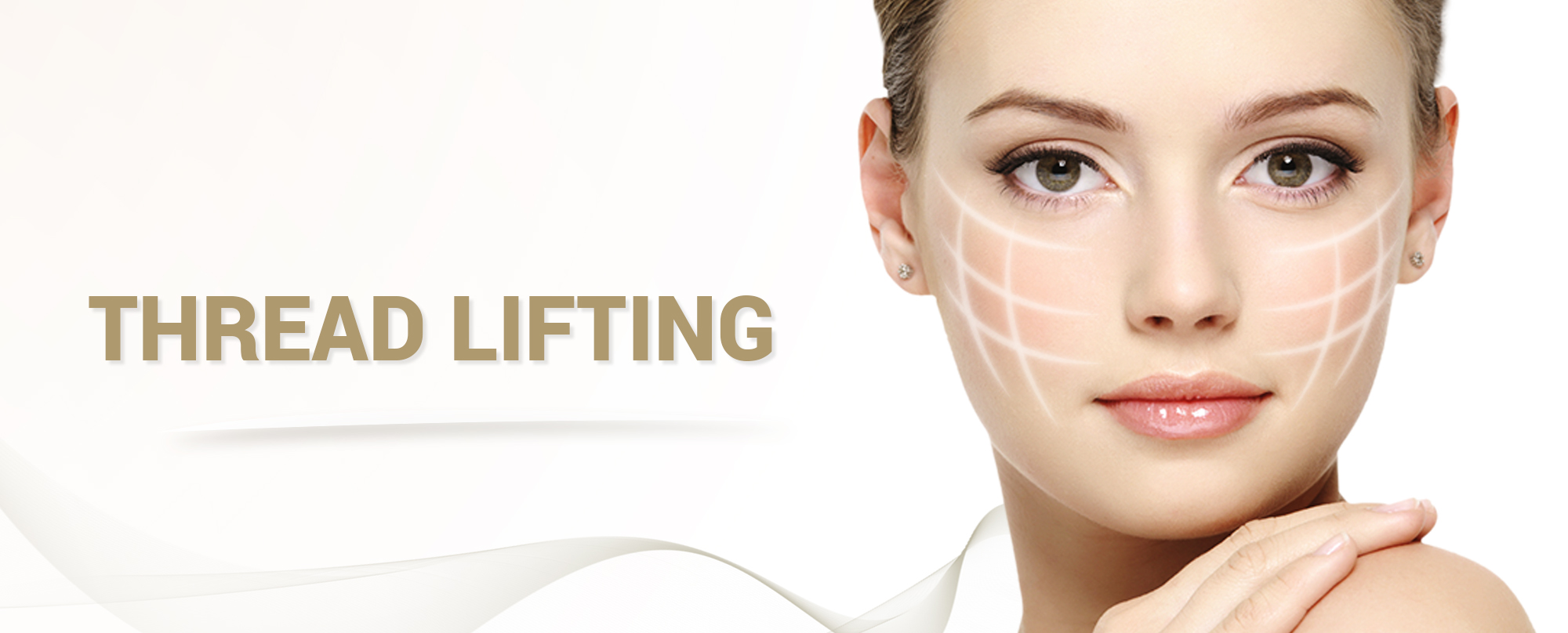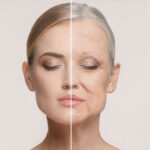Skin threading procedure – is it worth it?
Skin threading procedure (PDO thread lift) is a cosmetic procedure that offers a minimally invasive alternative to facelift surgery. This procedure is aimed at tightening the skin of the face and body with the help of a dissolvable suture. These medical-grade thread materials form a stable frame and support human tissues in the desired position. Threads are absolutely safe and dissolve over time.
Who doesn’t want to alter the signs of aging without undergoing facelift surgery?! Everyone wants to remain young and attractive for as long as possible. PDO thread lifts are a revolutionary aesthetic procedure that is gaining popularity among physicians and clients alike. Except for all the benefits, many choose skin threading modern non-surgical method as it has the shortest rehabilitation period.
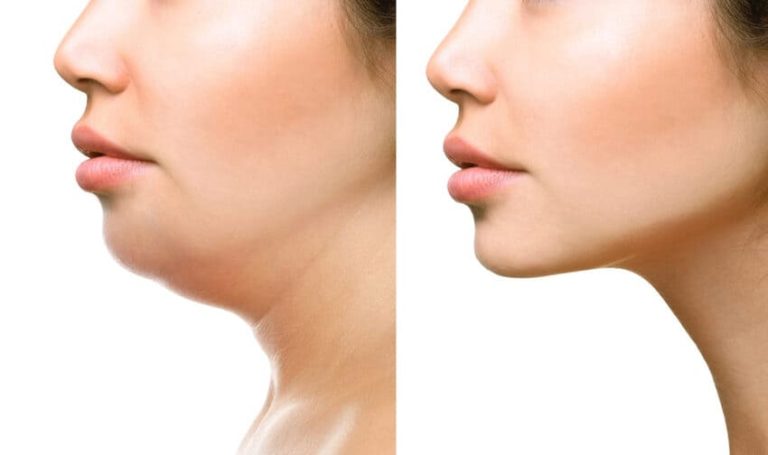
Benefits of Skin threading procedure (PDO thread lift)
Thread lifting is minimally invasive, the procedure takes no more than an hour and requires only local anesthesia. There are several key reasons that you may want to consider getting skin threading over a regular facelift.
Immediate results
PDO thread lift provides almost instant results. As soon as you finish getting your procedure, you’ll have a tighter, more youthful-looking face.
A dissolvable thread is inserted and strategically placed under the skin. They’re then pulled upwards to lift the face.
Quick Recovery
The recovery period for a PDO thread lift is approximately two weeks; however, the majority of your restrictions and limitations will apply during the first 24 to 72 hours immediately following treatment. During this time, temporary soreness or face swelling can be expected, and it will fade quickly within the week.
Tight, young-looking skin
Thread lifts help stimulate collagen production, resulting in more youthful-looking skin. In addition, the threads pull your face taut, eliminating wrinkles and giving you an overall smoother appearance. The areas of your face where the threads are placed enjoy a sharp reduction in wrinkles and lines.
Lasts a Long Time
Even though a thread lift is a relatively quick procedure, results usually last as long as a year, sometimes even more.
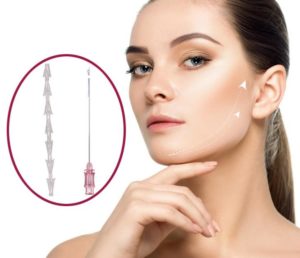
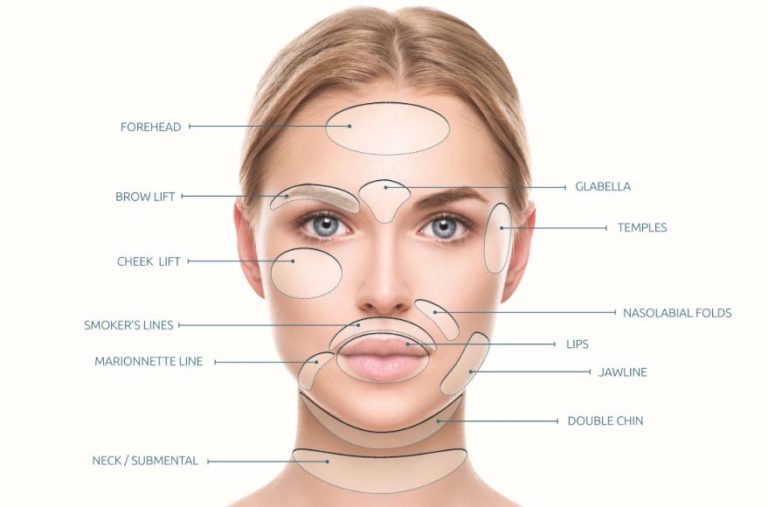
What areas can be treated with Skin threading?
PDO thread lift pros and cons
Thread lifts can be used to treat any part of the face, including the forehead, cheeks, jowls, eyebrows, jawline, and neck. The treatment is ideal for patients aged 30 to 50 who are experiencing mild to moderate signs of loose skin. This procedure can:
- Remove sagging soft tissues;
- Eliminate wrinkles on the face and body;
- Lift the upper eyelid;
- Lift the eyebrows from the outer edge;
- Tighten the lower and middle third of the face and the neck;
- Strengthen and correct the oval of the face;
- Outline the cheekbones;
- Tighten the inner surface of the thighs, arms, as well as chest, and anterior abdominal wall.
The main advantages are the absence of the need for preliminary preparation, the simplicity and speed of the procedure, safety, and a quick rehabilitation period. After the procedure, scars do not remain on the skin, natural facial expressions and facial expressions are preserved, and the effect is noticeable after the first session.
Minor complications occur in 15 to 20 percent of procedures but are usually easily corrected. Potential complications include:
- Visible sutures (especially in people with thin skin)
- Pain
- Minor bruising
- Infection
- Snapping of threads
- Accumulation of blood (hematoma)
- Inflammation
- Dimpling (orange peel-like skin texture)
- Hair loss
- Inflammation
- Salivary gland injury
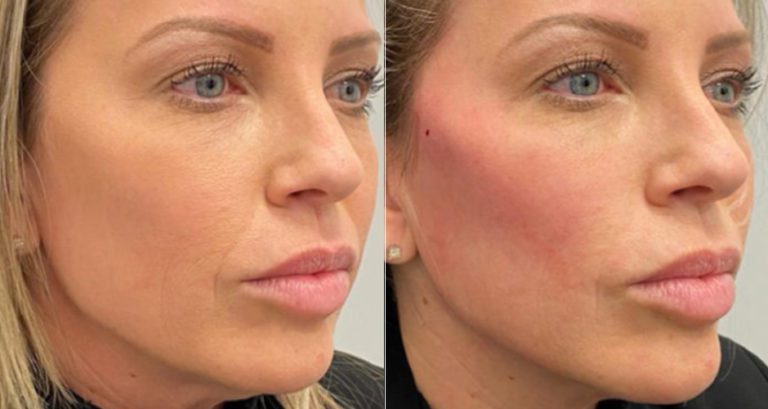
PDO thread procedure
How is the PDO thread lift done?
Recovery period
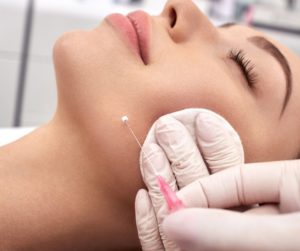
No special preparation is required before a thread lift.
The patient only needs to consult a doctor to determine the type of threads and draw up a facelift map.
The procedure lasts 30-60 minutes. The expert will first disinfect your face with alcohol. They’ll apply a local anesthetic with a needle under your skin. The expert will make a small incision with another needle and then insert a device called a cannula into the small hole.
The aesthetician will anchor the thread into place and pull out the cannula. The final action will be cutting the thread and making sure it’s secure in place.
Rehabilitation is practically not required, after the procedure, small hematomas, edema, and skin folds may appear in the puncture areas. These manifestations quickly disappear on their own, without treatment.
You need to refrain from sharp facial expressions on the first day, and you can’t play sports, go to the bath or sauna or swim in the pool in the first week.

